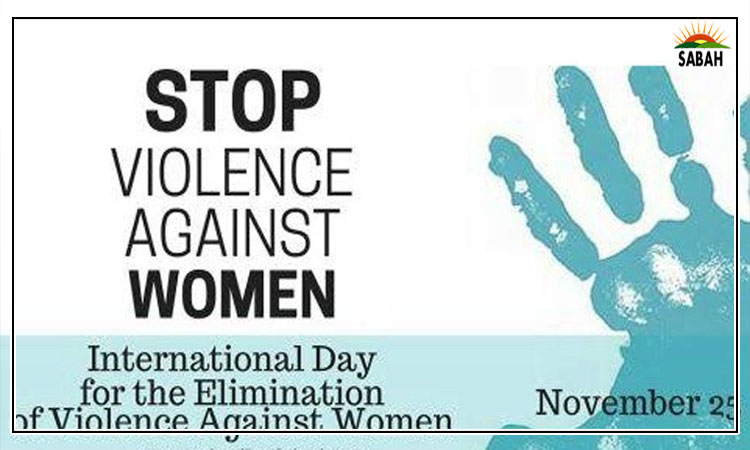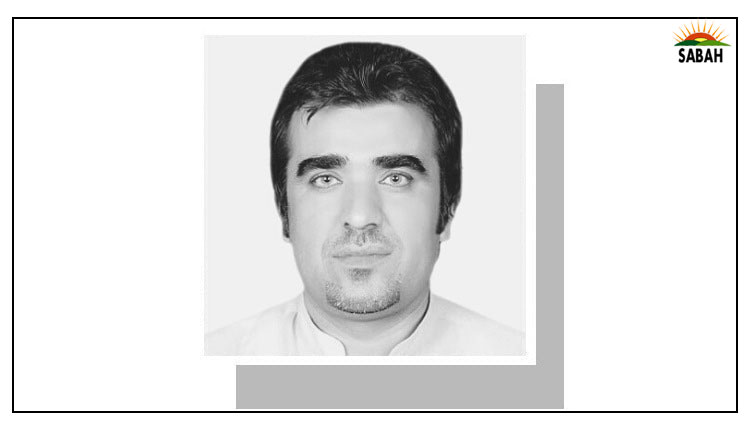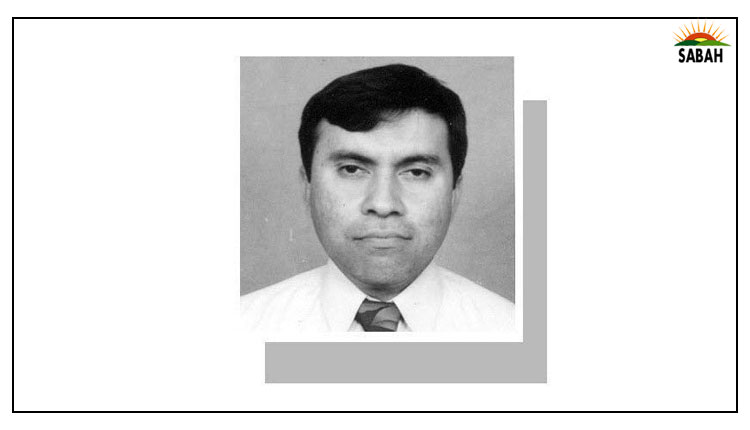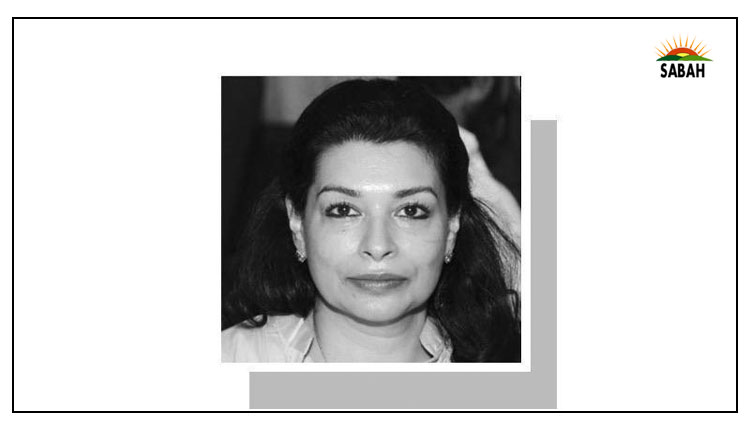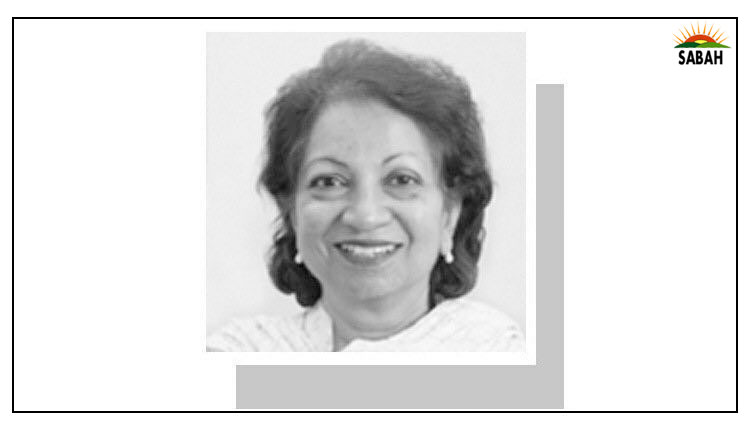Why women still suffer … Samia Liaquat Ali Khan
A NEW government is coming to power. As most new governments do, it will try to formulate policies and programmes that reflect manifesto promises made to supporters.
The fundamental issue with coalitions means that the making of such policies will be more contested. However, given the state of polycrisis that exists in Pakistan today, policymakers will need to address citizens’ concerns and the economy simultaneously. One way of doing this is to understand where gaps are most apparent, and show early successes through tackling low-hanging fruit in the immediate short term.
“Investments addressing the women’s health gap could add years to life and life to years — and potentially boost the global economy by $1 trillion annually by 2040” — so says a new report released by the World Economic Forum (WEF) titled Closing the Women’s Health Gap. This is a timely addition to global research on inequities in health between men and women, and dives deeper into why these inequities occur.
The report identifies four root causes of the health gap between women and men globally. Interestingly, three of the four causes — science, data and investment — reflect the patriarchal bias that exists when it comes to scientific research on critical health issues. The most obvious being where the male body is used as the ‘norm’ in terms of disease treatment, which means that differential effects on women’s bodies remain undiscerned.
The data problem reflects both a lack of data disaggregation and a dearth of women-focused research (especially for diseases that differentially affect both genders, such as coronary heart disease, asthma and diabetes). The issue of less investment for treatments and drugs that are better suited to women or which specifically address a health gap that women face, is an outcome of the above.
Pakistan has failed to overcome the barriers to care that a WEF report identifies.
Examples abound — very recently, The Economist ran a story on how there is finally a drug being developed for endometriosis, a painful and debilitating gynaecological condition that affects one in 10 women worldwide. The first case of endometriosis was identified in 1690. This in contrast to years of research and investment in a drug that delivers to pleasure creation and a male-libido malfunction, rather than addressing any life-threatening disease. Enough said.
The fourth root cause is termed ‘barriers to care’ — and this relates to the spectrum of health access beginning with the awareness of a health issue and with preventive health information and communication, to contact with services for timely and accurate diagnosis resulting in effective and affordable treatment and follow-up.
At the most fundamental, and less costly level, care relates to the ability of girls and women to have access to health information which could be vital for their overall quality of life in the present and future. For example, what does proper nutrition consist of, how to prevent diarrhoea and other water-borne diseases, good hygiene practices, menstrual education, family planning, the role of immunisation for better health. However, access to information is just the beginning, and needs to be followed up with access to quality healthcare services, products and facilities.
Pakistan’s policymakers in the late 1980s realised this need — that outreach to women in villages across the country had to be flexible and mobile, reaching within households, rather than waiting for women to travel often long distances over arduous terrain to reach a basic health unit. As part of Benazir Bhutto’s package of social reforms, experts on her team came up with a community health outreach initiative that brought such information and basic health services to the household through a cadre of community workers.
Local girls educated up to middle or secondary school were trained and provided basic medicines with the objective of working in their own locality, going house to house to support women and children to obtain better care and health information. The government launched the Prime Minister’s National Programme for Family Planning and Primary Health Care in 1994, which soon after became affectionately known as the Lady Health Worker (LHW) Programme.
Thirty years on, the world, and especially Pakistan, have failed to overcome the basic barriers to care that the WEF report identifies. The authors’ assessment of the top 10 conditions that impact global GDP reveals that premenstrual syndrome and menopause come out as the top two conditions, with a combined GDP impact of $120 billion.
These numbers are astounding. The report recommends that what are often termed as ‘women’s issues’ with the fallback that these do not count as a genuine illness or disease, are essentially costing each economy millions if not more. The report undertakes a return on investment analysis to show that investing in women’s healthcare improves their quality of life and their ability to contribute to the economy. Their calculation for low-income countries, where basic health infrastructure is weak, hypothesises that overall benefit would exceed cost at a rate of around $2 returned to the economy to $1 invested.
Given the expansion of research and evidence around women’s health and their participation in the workforce, Pakistan’s health strategies and programmes have tried, but not succeeded in fixing the basics. While the goal must remain how to actualise universal health coverage, the fundamental building blocks for this actualisation need to be reassessed and advanced using evidence of the past as well as our vision for the future.
Even where such programmes specifically target women and children, such as the LHW Programme, they have not transformed the primary and preventive healthcare ecosystem. What needs to be done? More on this later.
The writer has over 25 years of experience on inclusive programmes on gender, public health and economic empowerment. She is currently associated with an Islamabad-based think tank.
samia@tabadlab.com
Courtesy Dawn, February 24th, 2024


